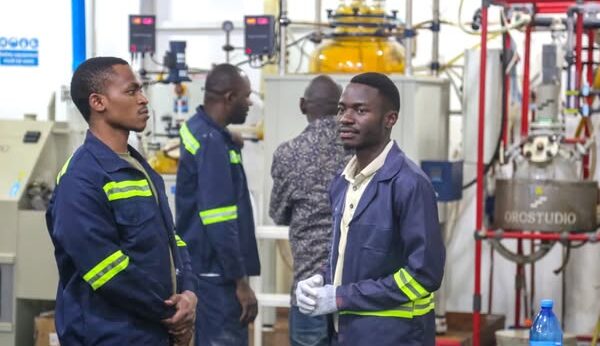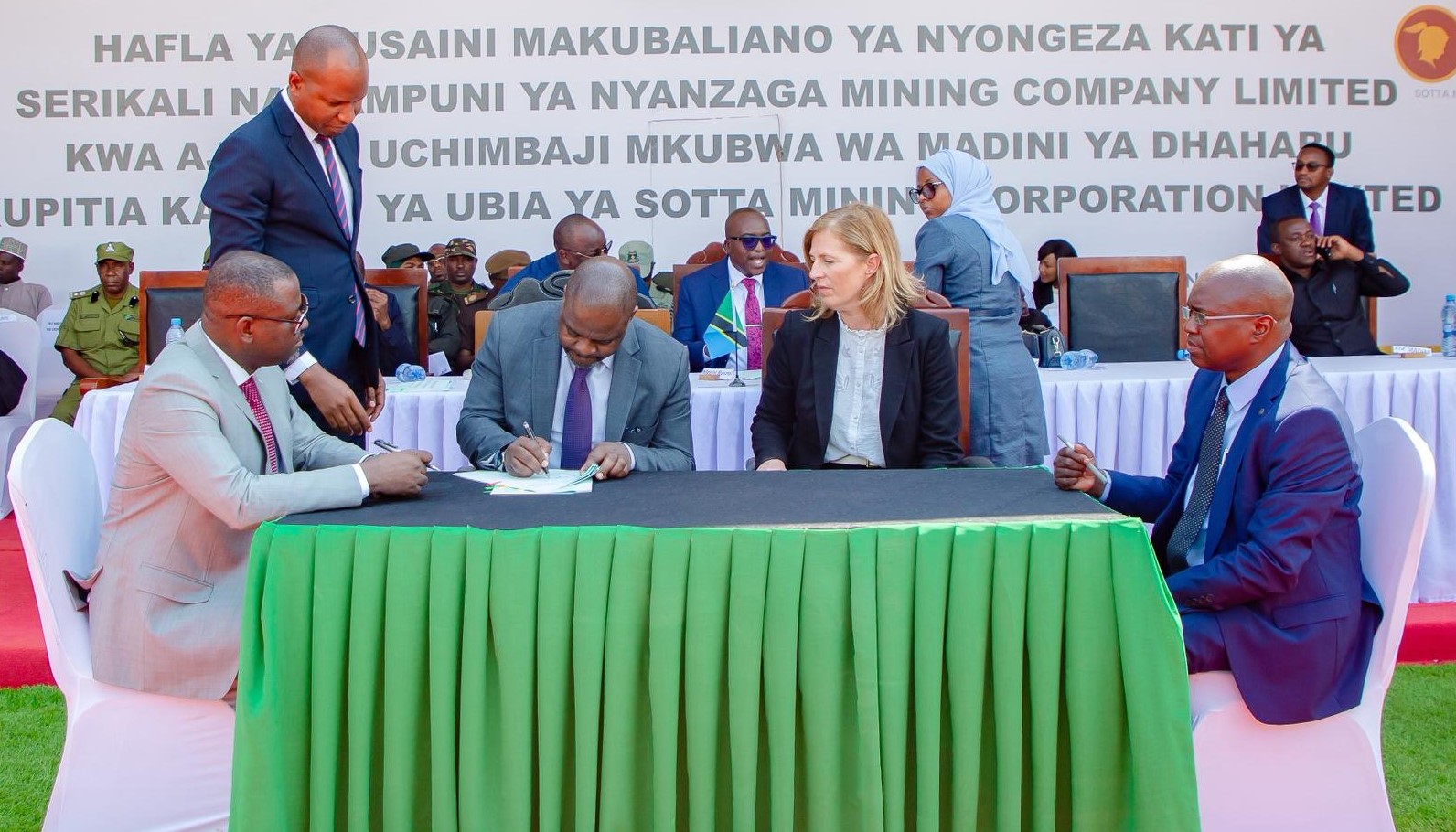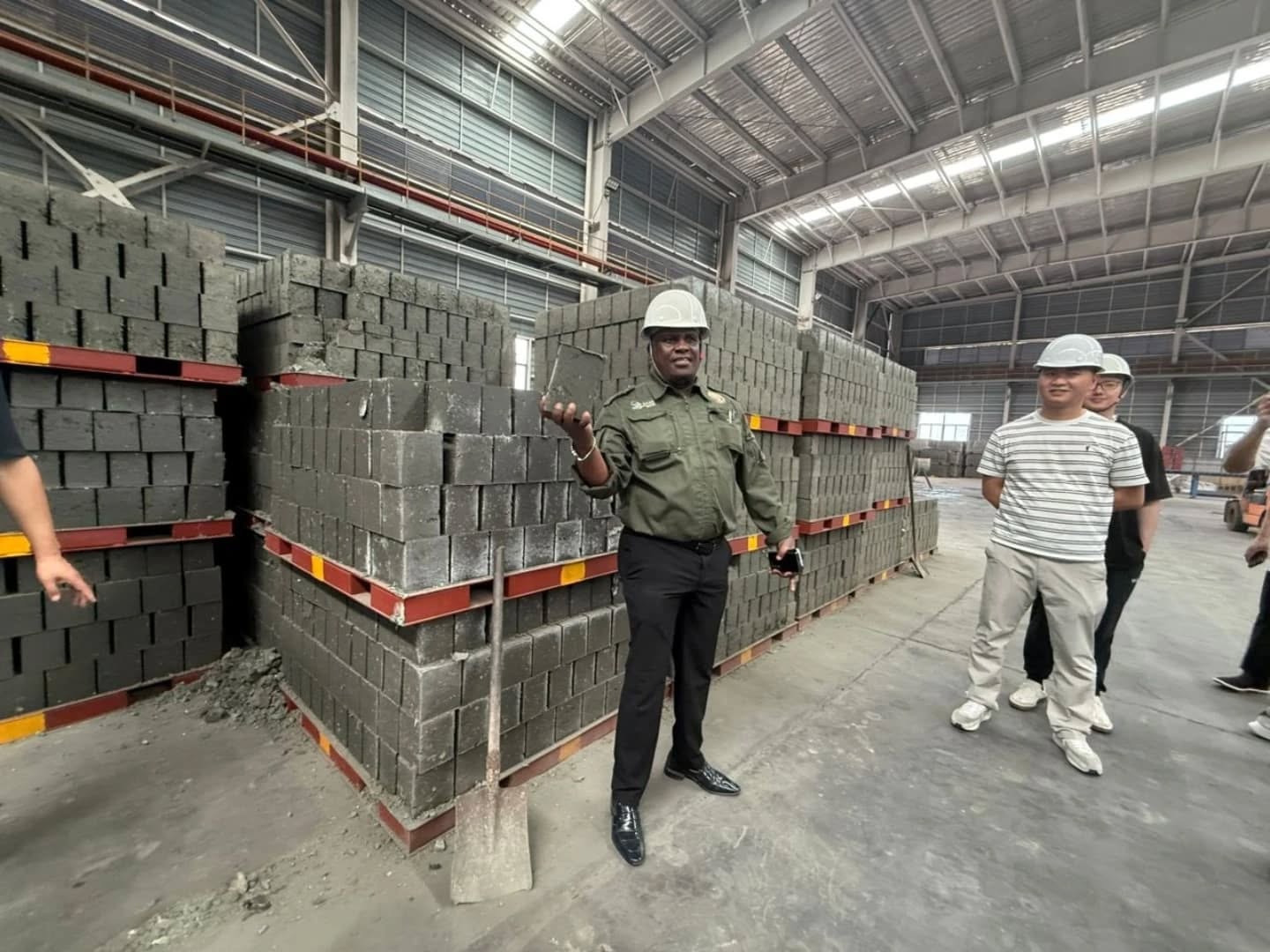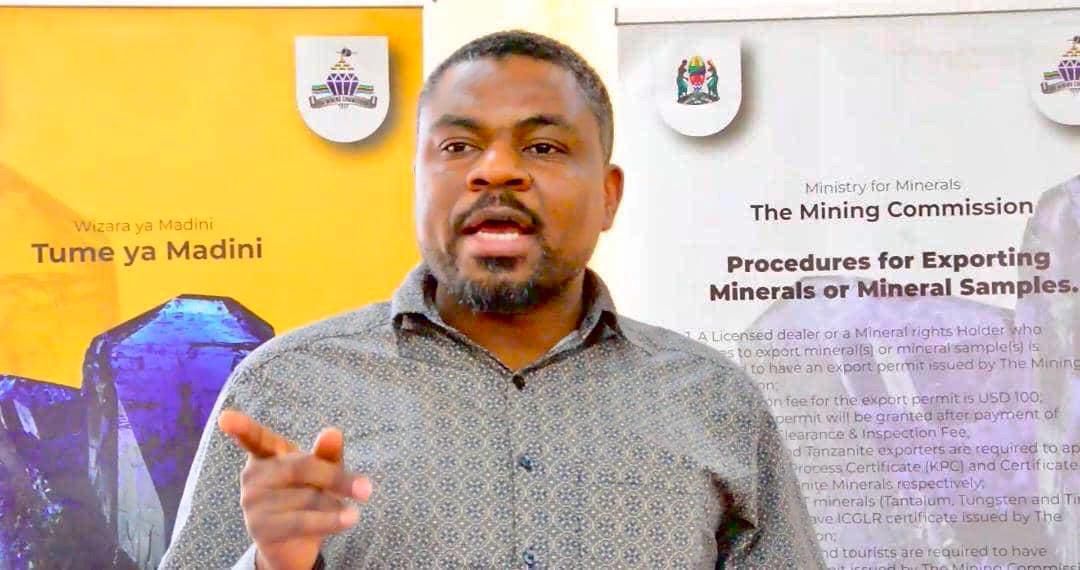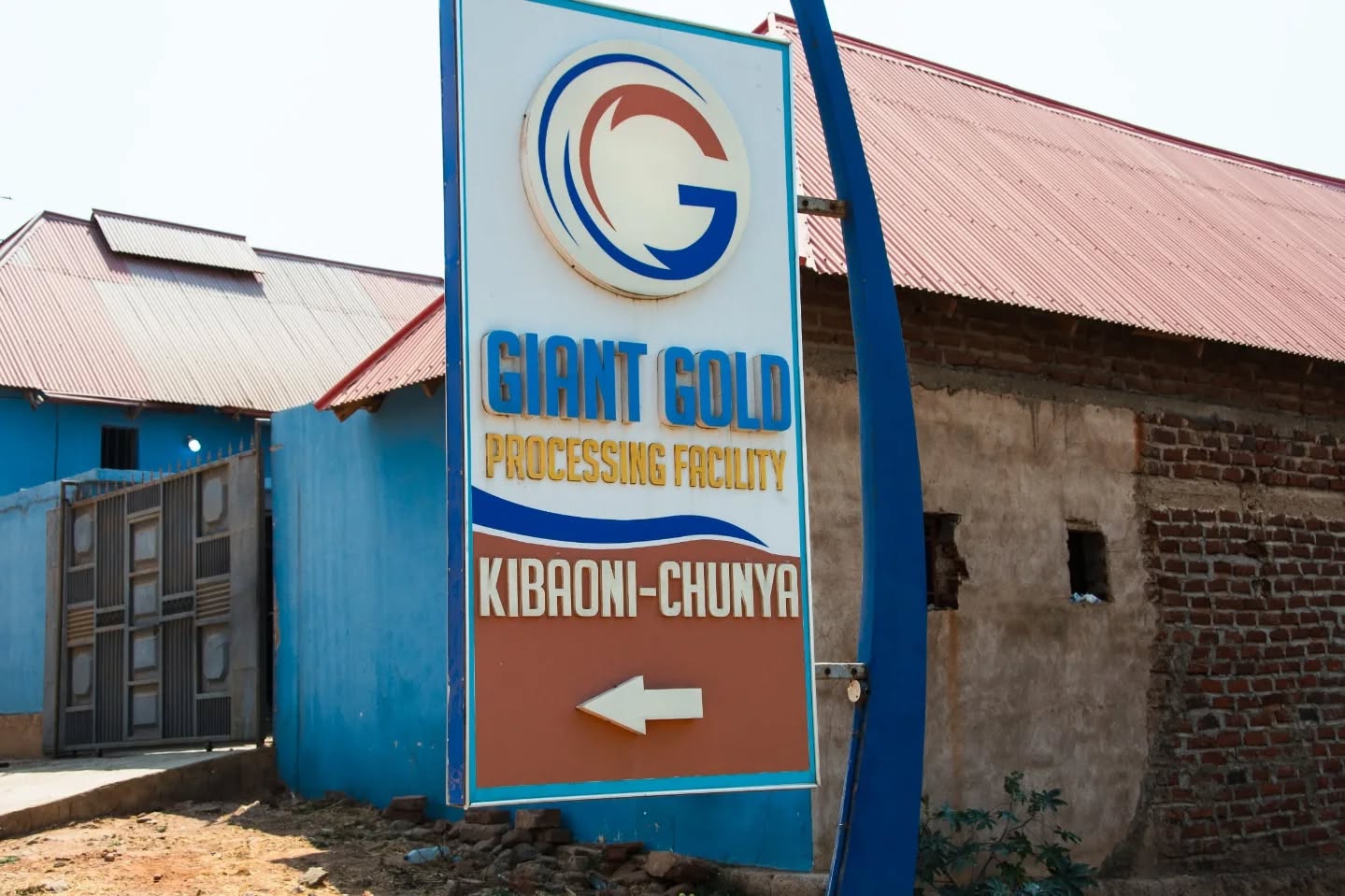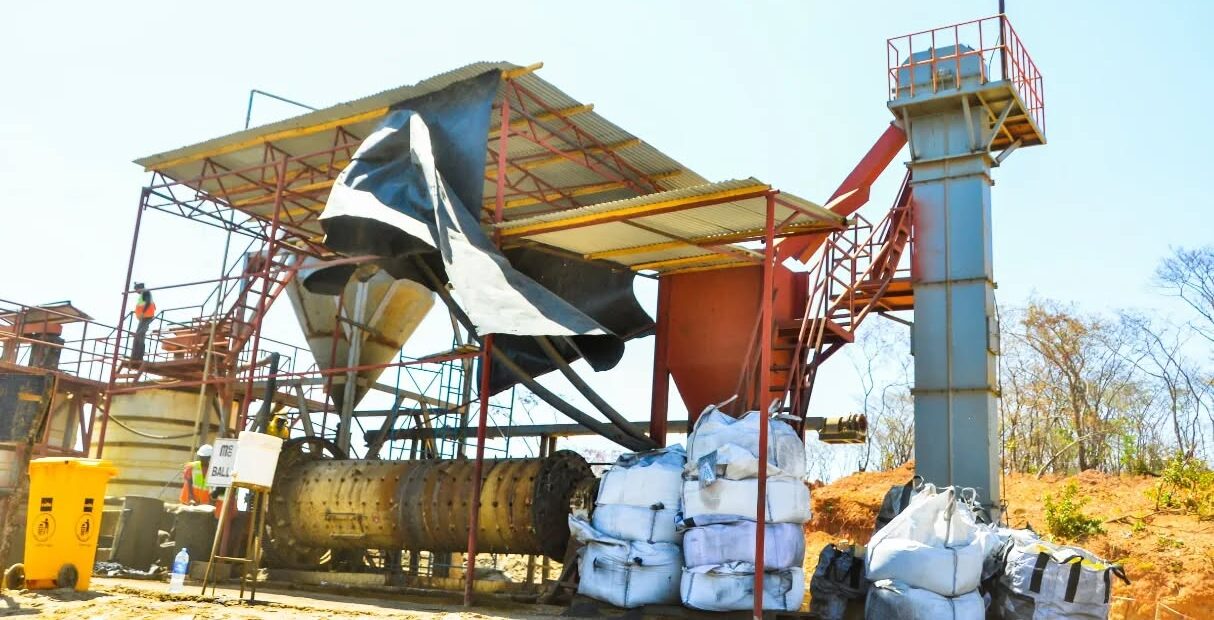Geita. Tanzania’s mining sector is recording notable strides, with the Mining Commission’s laboratory surpassing its annual sample testing target and new technology revolutionising gold recovery for small-scale miners.
The Commission’s laboratory tested 7,684 samples in the 2024/25 financial year, exceeding its goal of 6,800.
Officials described the achievement as a milestone in the provision of services to miners and mineral traders nationwide.
Speaking at the 8th National Mining Technology Exhibition in Geita, chemist Mr David Lyandala said the laboratory continues to deliver professional services that determine the quality and quantity of mineral content.
He explained that the facility analyses gold, concentrates, carbon, gold-bearing liquids, clays and rocks using the fire assay method.
It also tests metals such as copper, iron, nickel, manganese, galena and zinc with advanced X-Ray Fluorescence (XRF) equipment. Further services include graphite analysis, soil and rock moisture content testing, and loss on ignition measurements.
According to Mr Lyandala, modern equipment, including XRF machines, Atomic Absorption Spectrometers (AAS), CNHS Analysers and furnaces, has greatly enhanced efficiency.
The laboratory also sensitises stakeholders on the importance of testing samples before making commercial decisions.
For miners, the benefits are tangible. Small-scale miner Mr John Magesa from Geita said the services have transformed artisanal mining.
“In the past, we sold minerals without knowing their quality, which caused losses. Now we have assurance and can trade more profitably,” he said.
Complementing the laboratory’s advances is a new gold recovery technology that has been hailed as a breakthrough for artisanal miners.
A low-cost Carbon-in-Pulp (CIP) processing plant, capable of extracting more than 98 percent of gold, has begun to change fortunes in mining communities.
Traditionally, miners struggled with high processing costs, poor recovery rates and environmental degradation from rudimentary methods.
The new system, however, efficiently extracts gold from ore while leaving behind less harmful residues.
One of the innovators behind the technology, Mr John Ngeda, said he gained knowledge during a learning stint in Zimbabwe before adapting and improving the system for Tanzanian conditions.
“Today, more than 25 plants are operating in the Lake Zone alone, with others installed in Mbeya and Mpanda. Miners are recovering more gold while cutting costs, and the environmental impact is reduced,” he explained.
At the Geita exhibition on September 23, the CIP plant became one of the major attractions, with visitors witnessing firsthand how it is transforming small-scale mining from subsistence to profit-oriented activity.
Stakeholders say the twin advances, laboratory services that guarantee fair valuation and affordable technology that boosts recovery, represent a new dawn for artisanal mining in Tanzania.
Together, they not only increase miners’ incomes but also promote environmentally responsible practices.
The Mining Commission laboratory, located at the TIRDO Complex on Kimweri Avenue in Msasani, Dar es Salaam, remains open to miners and mineral traders across the country.

